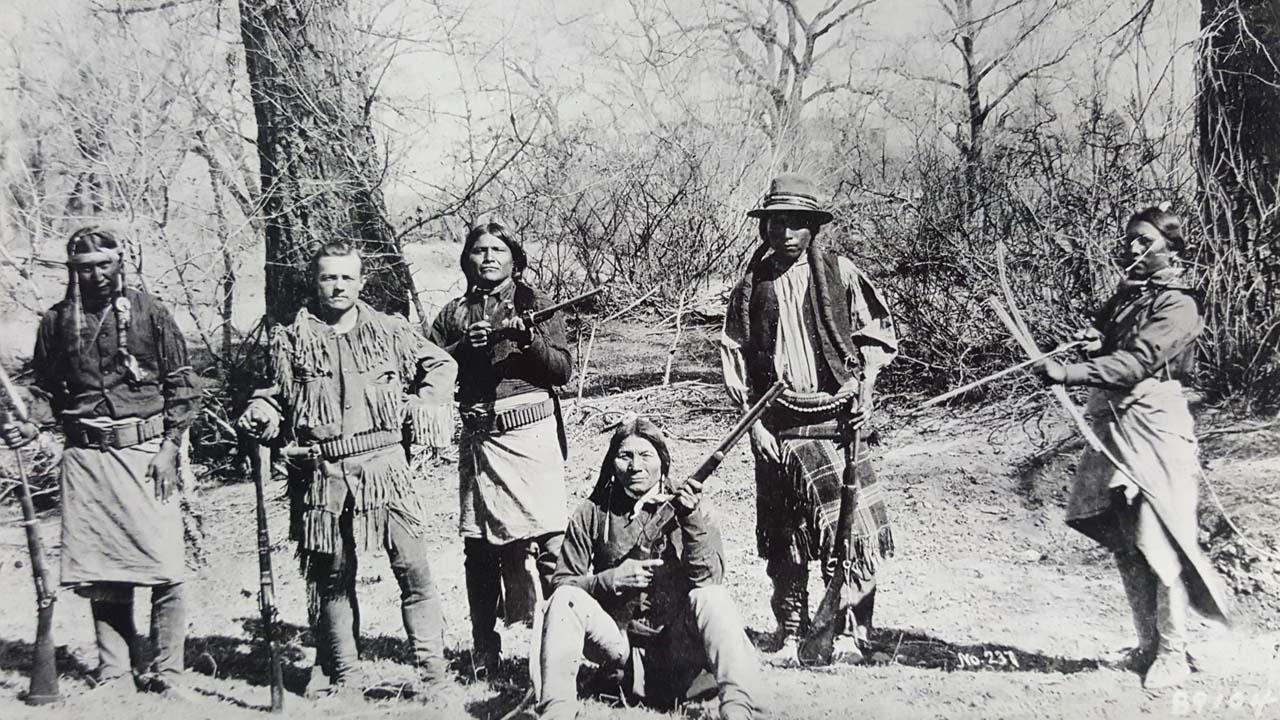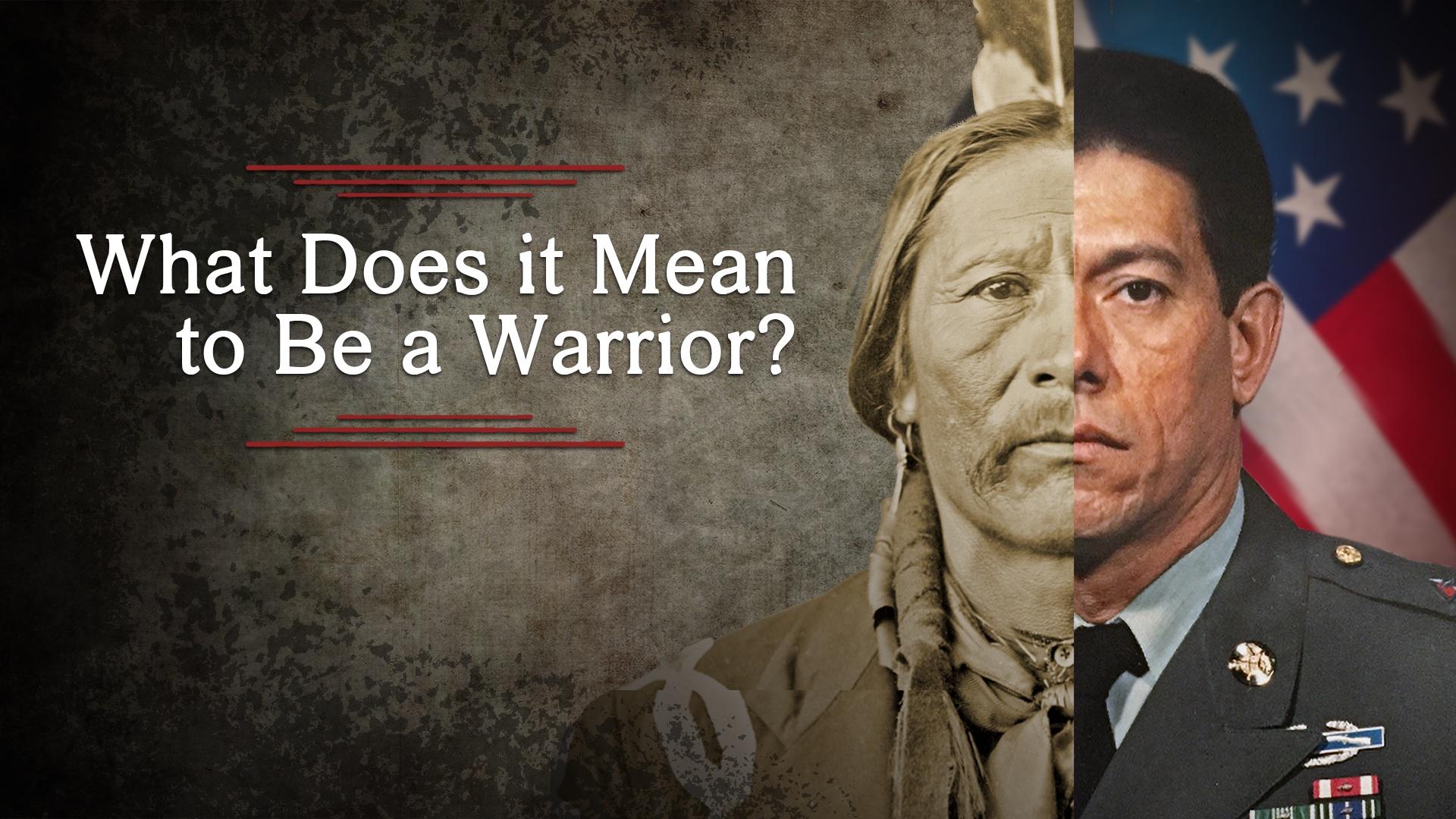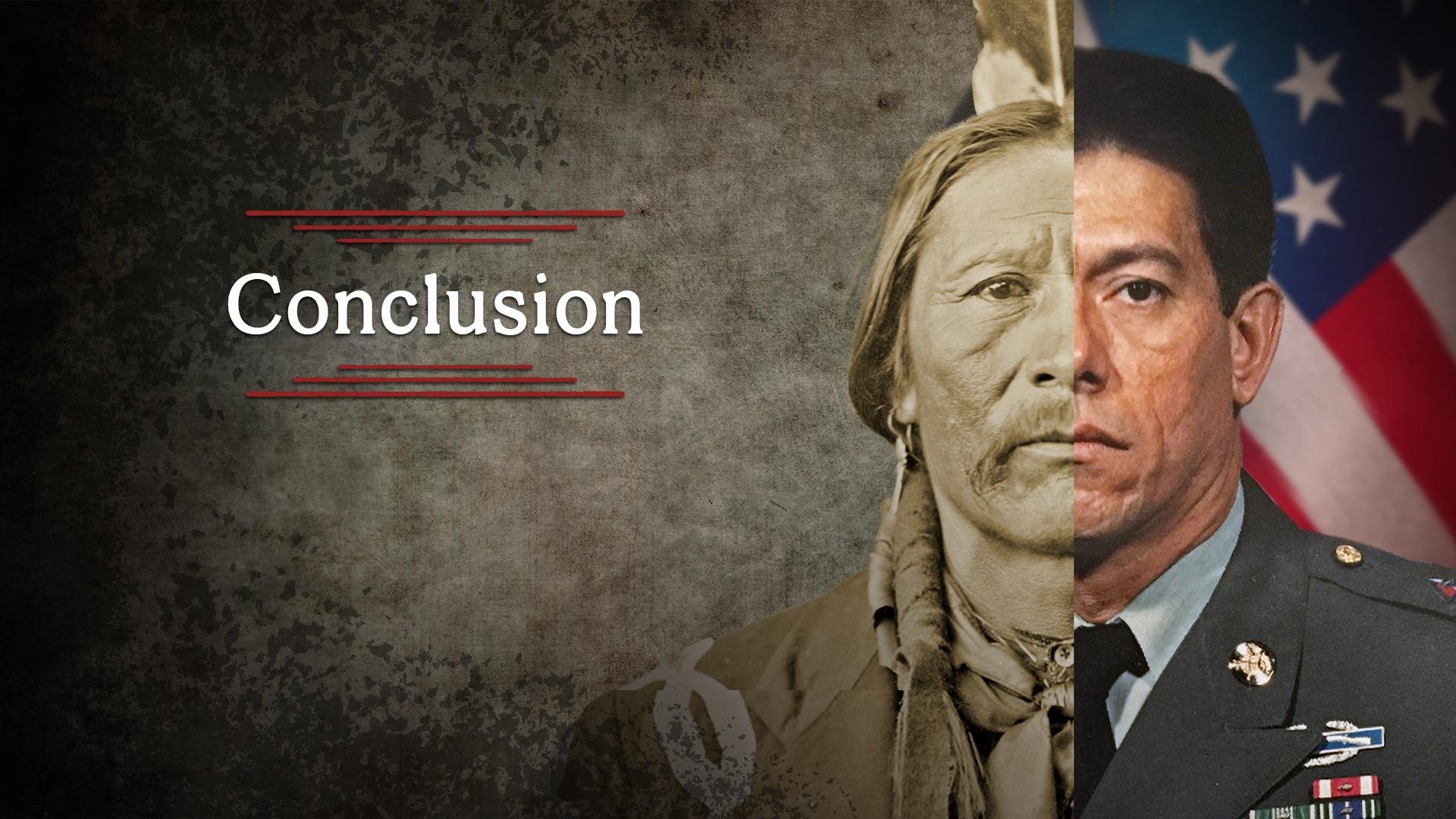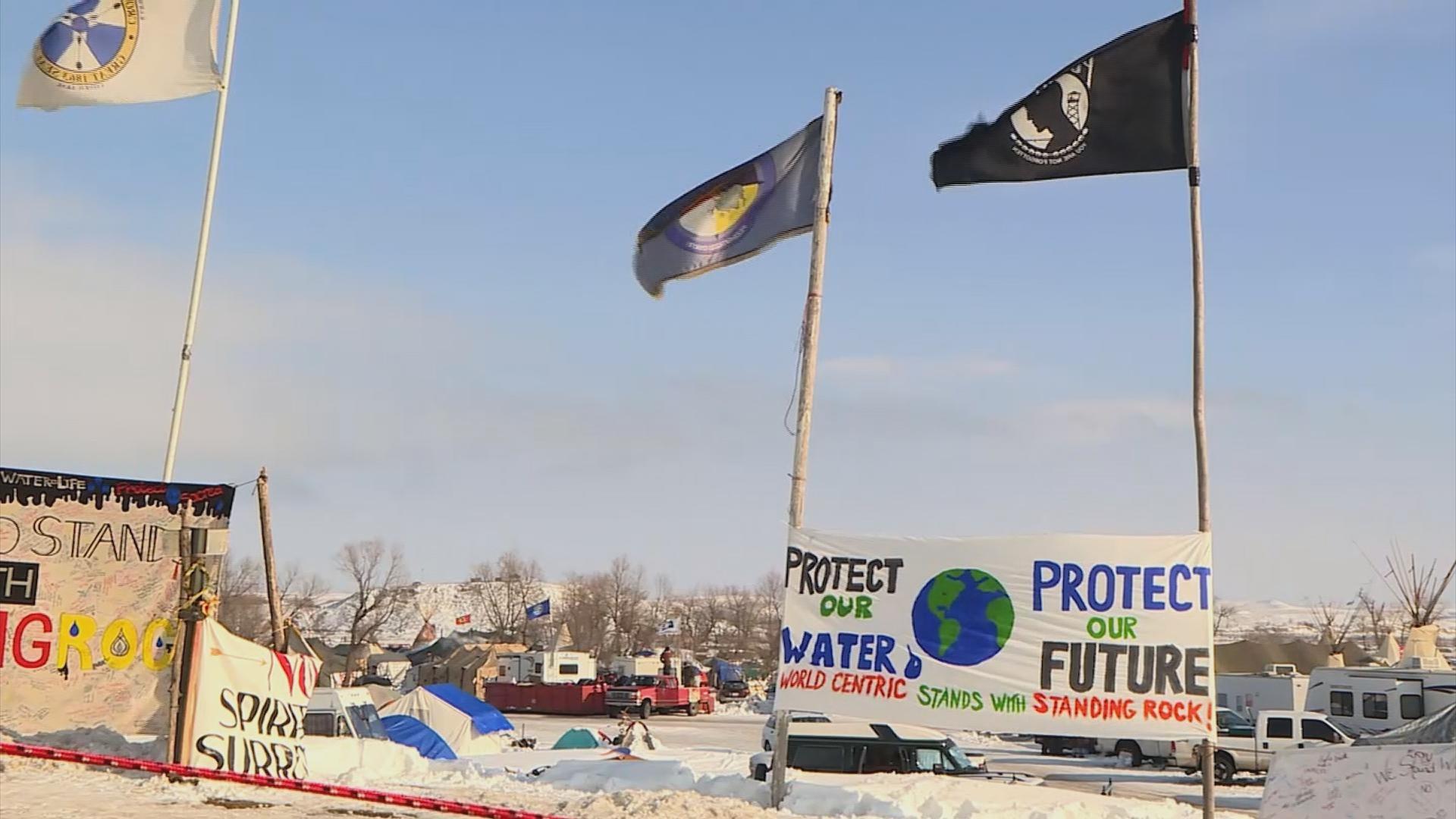
What Does Warrior Mean To You?
Elementary
2-3 Class Periods
Students will investigate what being a “warrior” means. They will create a drawing of what they think a warrior looks like. After watching The Warrior Tradition segments, they will compare and contrast their understanding of the word warrior to Native Americans' concept of a warrior.
Program Segments
- What Does it Mean to Be a Warrior? (approximately 3 ½ minutes)
- Conclusion (approximately 6 ½ minutes)

The Warrior Tradition
What Does it Mean to Be a Warrior?
3:40
Published:
Understand what drove various Native American veterans to enlist in the U.S. military.
What Does Warrior Mean To You?
1 / 2
Videos

The Warrior Tradition
What Does it Mean to Be a Warrior?

The Warrior Tradition
Conclusion
Objectives
Students will be able to:- Develop a definition for the word warrior.
- Investigate what a warrior means to Native Americans.
- Compare and contrast their understanding of the word warrior to Native Americans' concept of warrior.
Instructional Resources
- The Warrior Tradition
- Drawing paper, colored pencils
- Interview Card of Questions
- Warrior Word Cloud Worksheet
- Highlighters or markers
- What is a Warrior? Venn Diagram
- Exit ticket (piece of paper)

Procedures
2-3 CLASS PERIODS (break up where necessary)- Teacher will tell students to create a drawing of what they think a warrior looks like.
- Students will write one or two sentences describing their warrior. The teacher will provide the sentence starter: “My warrior is...”
- Using an Interview Card of Questions, students will interview a partner to learn more about their warriors by asking:
- Is your warrior a man or a woman?
- What makes your warrior strong? (Muscles, brain…)
- What is your warrior fighting for?
- Students can take a few minutes to expand their descriptions of their warrior.
- Students will watch the segments from The Warrior Tradition.
- The teacher will hand out the Warrior Word Cloud Worksheet with a definition of the word warrior.
- The teacher will explain that the word cloud was created using quotes from the program, The Warrior Tradition.
- Students will examine the word cloud, then the teacher will lead a discussion about it to make the words that are shown relevant to the study of the idea of a warrior.
- Example: land- is important to Native Americans because they identify the United States as Turtle Island and that it still “belongs” to them. Therefore, many Native Americans feel it is their responsibility to protect it.
- In one color, students will highlight any words and/or concepts similar to their idea of warrior. Then in a different color, students will highlight any words and/or concepts different from their idea of warrior.
- Students will complete the What is a Warrior? Venn Diagram by filling in similarities and differences of the warriors they drew to the ideas and concepts of a warrior presented in The Warrior Tradition.
- The teacher will then engage students in a discussion about stereotype. A definition of stereotype is:
- The teacher should gauge the class’s understanding of stereotype by asking:
- Has someone ever thought something about you that was untrue?
- Has someone ever said something about you that was untrue?
- Has someone ever thought that you were exactly like your brother, sister, or friend even without knowing you?
- How did that make you feel?
- Do you know of any stereotypes about Native American warriors?
- How can stereotypes be harmful?
- Students will answer on an exit ticket (piece of paper):
How has your idea of a warrior changed after watching The Warrior Tradition? Explain and provide specific examples.
Assessment Tasks
- Students will create a drawing of a “warrior.”
- Students will answer questions, with a partner, about their warrior drawings.
- Students will turn in a completed Word Cloud Worksheet.
- Students will turn in a completed What is a Warrior? Venn Diagram.
- Students will participate in a class discussion on stereotypes.
- Students will turn in an exit ticket.
Extension Activities (optional)
- Students can create a new picture of what they think a warrior is after watching The Warrior Tradition.
- Students can use different quotes from The Warrior Tradition to create their own word clouds.
National Curriculum Standards for Social Studies – Thematic Strands
- Culture
- Time, Continuity & Change
- Individual Development & Identity
- Power, Authority & Governance
